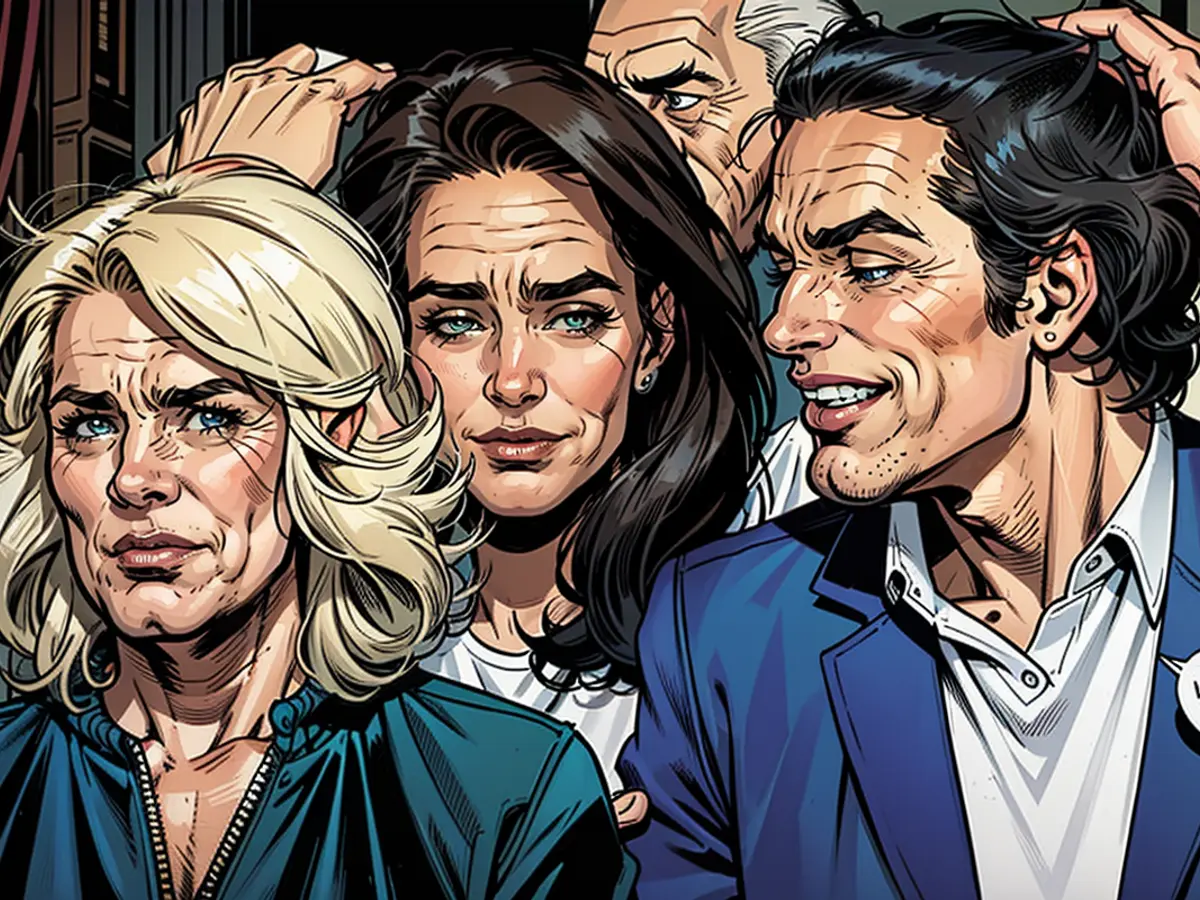Camilla's Royal Offspring Praises Mother's Cooking Skills Exemplarily
It's a common belief that the British royal family, specifically King Charles III and Queen Camilla, delight in extravagant breakfasts filled with numerous courses. This assumption, however, is debunked by Tom Parker Bowles, Camilla's son, in his recent publication delving into royal kitchen traditions. He reveals that during the time of monarchs like Queen Victoria, breakfast could involve up to ten courses, followed by similarly lavish lunches, tea, and dinners. "One would need an impressive appetite to handle that," Parker Bowles shared with dpa.
The royal couple's dining habits
At 77, Queen Camilla prefers her summer mornings with a serving of yogurt, embellished with just a subtle hint of homemade honey. During the colder months, she opts for a heartier option like porridge. King Charles III, aged 75 and enthusiastic about sustainable farming, begins his day with a modest plate of dried fruits and honey.
Being mindful of respecting the royals' privacy, Parker Bowles carefully guards his revelations about their personal lives. The public image of the royals, or "The Firm," is a meticulously curated one. Charle's frugality at breakfast and reported omission of lunch are instances that align with how the palace chooses to project its message.
Recently, Tom Parker Bowles spoke about the paparazzi's presence outside his family's home during earlier times. Camilla's relationship with Charles, who was previously married to Princess Diana, was a prominent news topic. Now, Camilla executes her royal duties in her capacity as the monarchy's representative.
Parker Bowles brings to light his mother's culinary prowess, citing dishes such as scrambled eggs, roasted chicken, or shepherd's pie, all prepared with quality, local, seasonal ingredients. He also acknowledges the rise of supermarkets and his personal cravings for drinks like cola and ready-made meals. Through his book, Parker Bowles aims to provide an encompassing account of royal cuisine and its historical background.
The art of 'soufflé diplomacy'
Official dinners serve a dual purpose: sustenance and diplomacy. Parker Bowles refers to this as 'soufflé diplomacy'. State banquets continue to be frequent occurrences at London's Buckingham Palace. For instance, during the past summer's visit by the Emperor of Japan, each guest was served six glasses, as per the palace's official website. As guided by Queen Elizabeth II, today's state banquets consist of only three courses, with a constraint on the use of hot spices and garlic, as detailed by Parker Bowles.
Parker Bowles comes across as an amusing conversationalist, frequently apologizing for his tardiness in the traditional British manner. He addresses delicate questions about Charles and his daughter-in-law, Princess Kate, having overcome cancer with diplomatic responses. In passing, he shares anecdotes about his past evenings spent in Berlin.
Parker Bowles' book invites readers to explore the history of culinary diplomacy, detailing the rationing efforts during World War II, along with recipes that range from uncomplicated, like 'Queen Camilla's Porridge', to more challenging, such as 'Trout in Red Wine Aspic'. And contrary to popular belief, King Charles III's breakfast is not as simple as it may appear; the traditional afternoon tea remains a part of their daily routine.
After revealing the extravagant dining traditions of past monarchs like Queen Victoria, Parker Bowles shares that Queen Camilla and King Charles III have more modest breakfasts now, with Queen Camilla preferring yogurt and honey in the summer and porridge in the winter, while King Charles begins his day with dried fruits and honey.
Despite his revelations, Parker Bowles is careful to respect the royals' privacy and acknowledges that the palace carefully curates their public image, presenting the royal couple as more frugal than they may appear.







